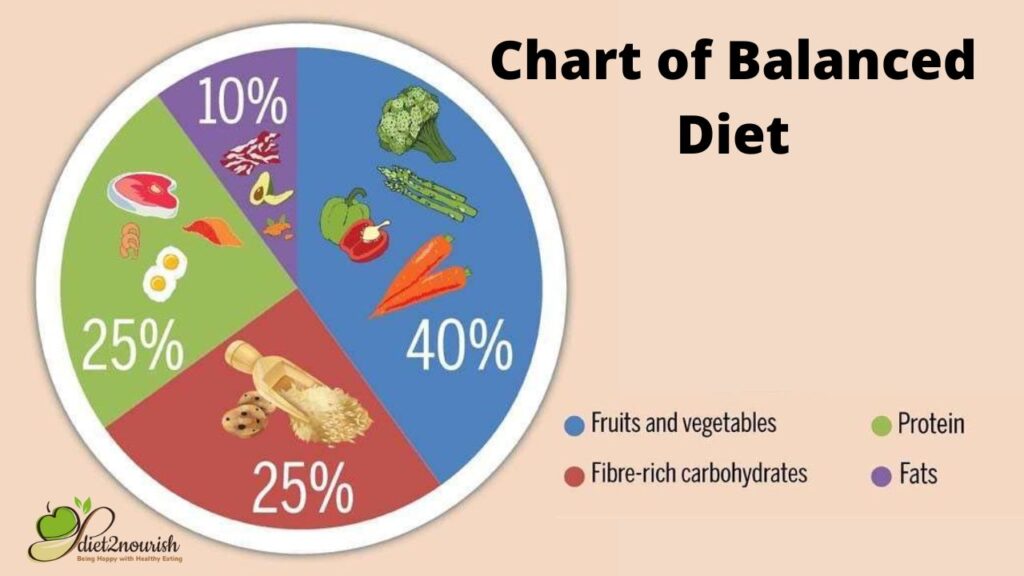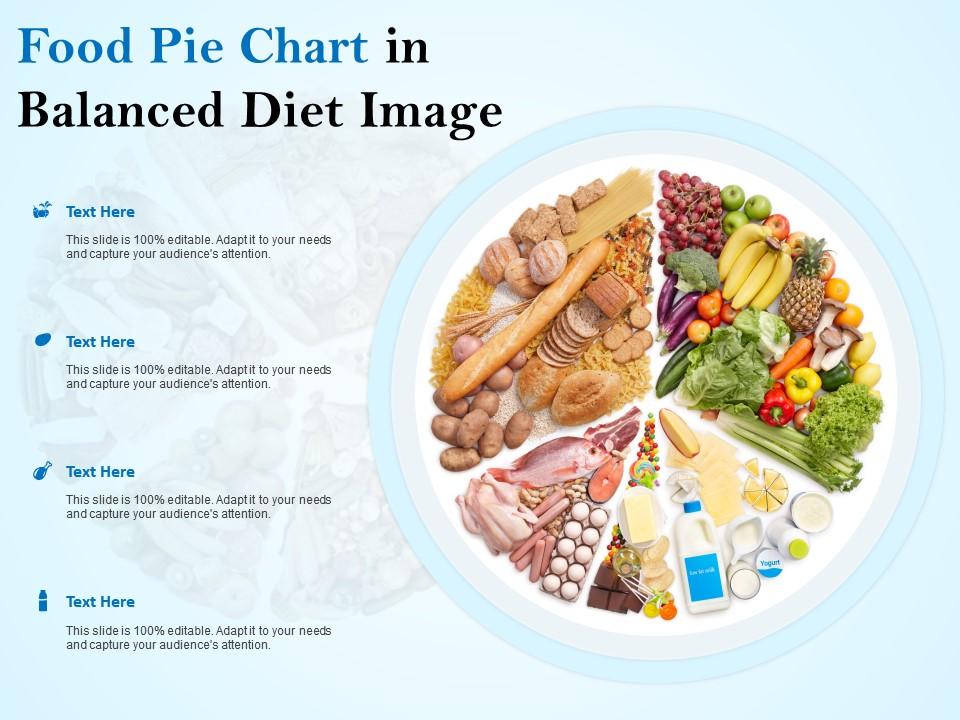What is Normal Diet Chart? A Comprehensive Guide to Healthy Eating
As the saying goes, "You are what you eat," and it couldn't be more true. Eating a healthy and well-balanced diet is crucial for maintaining optimal health and preventing chronic diseases. But what exactly is a normal diet chart? Let's find out. A normal diet chart is a structured plan that outlines the recommended daily intake of essential nutrients such as proteins, carbohydrates, fats, vitamins, and minerals. It helps individuals achieve their nutritional goals and maintain a healthy weight. A well-balanced diet not only fuels the body with the energy it needs to function but also helps reduce the risk of chronic diseases such as obesity, diabetes, and heart disease.
Why is a Normal Diet Chart Important?
Eating a well-balanced diet can have numerous health benefits. A normal diet chart can help ensure that you are getting the essential nutrients your body needs to function correctly. It can also help you maintain a healthy weight, lower your risk of chronic diseases, and improve your overall quality of life.Some of the key benefits of following a normal diet chart include:
- Improved energy levels: A well-balanced diet can help boost your energy levels, making you feel more alert and focused throughout the day.
- Weight management: Following a normal diet chart can help you maintain a healthy weight and reduce the risk of obesity-related health problems such as diabetes and heart disease.
- Disease prevention: A diet that is rich in fruits, vegetables, and whole grains can help lower the risk of chronic diseases such as cancer, heart disease, and stroke.
- Improved mental health: A normal diet chart that includes foods rich in omega-3 fatty acids, such as salmon and walnuts, can help improve mood and cognitive function.
How to Create a Normal Diet Chart?
Creating a normal diet chart can seem daunting at first, but it does not have to be. Here are some basic steps to help you get started:- Determine your dietary needs: Consider your age, gender, activity level, and health status to determine the recommended daily intake of calories, macronutrients, and micronutrients.
- Choose nutrient-dense foods: Select a variety of whole grains, lean proteins, fruits, vegetables, and healthy fats to meet your dietary needs.
- Plan your meals: Use a meal planning tool or app to help you plan your meals in advance and ensure that you are getting the necessary nutrients.
- Monitor your progress: Keep track of your food intake and monitor your progress regularly to make any necessary adjustments to your diet plan.
What is a Healthy Diet?
A healthy diet is one that contains a variety of nutrient-dense foods from all the food groups. It includes whole grains, fruits, vegetables, lean proteins, and healthy fats. A healthy diet also limits the intake of processed and refined foods, added sugars, and saturated fats.
Creating a Normal Diet Chart
Creating a normal diet chart can seem overwhelming, but it doesn't have to be. Here are some steps to follow when creating a balanced and nutritious diet plan:
Determine Your Caloric Needs: The number of calories you need depends on various factors such as age, gender, weight, height, and activity level. You can use an online calculator to estimate your daily calorie needs.
Choose Nutrient-Dense Foods: Nutrient-dense foods are high in essential nutrients and low in calories. They include fruits, vegetables, whole grains, lean proteins, and healthy fats.
Portion Control: Even healthy foods can lead to weight gain if consumed in excess. Therefore, it's essential to practice portion control.
Include Variety: Eating a variety of foods ensures that you get all the essential nutrients required by the body.
Limit Processed Foods: Processed foods are often high in calories, added sugars, and unhealthy fats. Therefore, it's best to limit their consumption.
Components of a Normal Diet Chart
A normal diet chart should include the following components:
Carbohydrates: Carbohydrates are the primary source of energy for the body. It's recommended to consume complex carbohydrates such as whole grains, fruits, and vegetables.
Proteins: Proteins are essential for building and repairing tissues.
Conclusion
In conclusion, a normal diet chart is a valuable tool that can help you maintain a healthy and balanced lifestyle. By following a well-planned diet chart that includes a variety of nutrient-dense foods, you can ensure that your body is getting the essential nutrients it needs to function correctly. Remember, maintaining a healthy diet is essential for a healthy life



